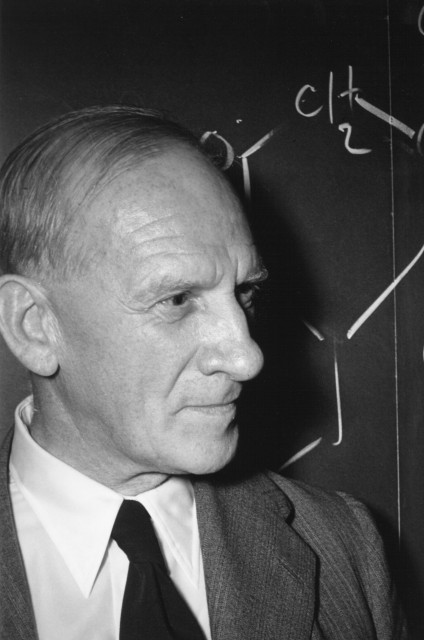Sir Robert Robinson
1886-1975

Robinson received the 1947 Nobel Prize in Chemistry for his work on the synthesis of natural products, especially the alkaloids. His 1917 landmark one-step synthesis of tropinone from three simple precursors at room temperature in dilute aqueous solution was the forerunner of modern biomimetic syntheses. He did structural and synthetic work on other alkaloids (strychnine, morphine, brucine), on steroids (cholesterol), on wood dyes (brazilin, haematoxylin), and on the coloring matter of flowers (anthocyanins). In connection with steroid synthesis, he developed a general method for constructing a six-membered ring onto a ketone with an enolizable hydrogen (Robinson annulation). In the mid-1920s, Robinson introduced his electronic theory of organic reactions, and used it to rationalize orientation in electrophilic aromatic substitution. The curved arrow used by chemists to represent electron displacements was first used in this way by Robinson (1924). Robinson wrote over 500 papers and several books on natural products but in addition he was an avid chess player who wrote "The Art and Science of Chess: A Step-by-Step Approach".
Sponsor: Chung-yin Lai
Harold Hart
Location in chemistry building: Fifth Floor; Elevator area West Wall; Sequence 2
Source: John D. Roberts